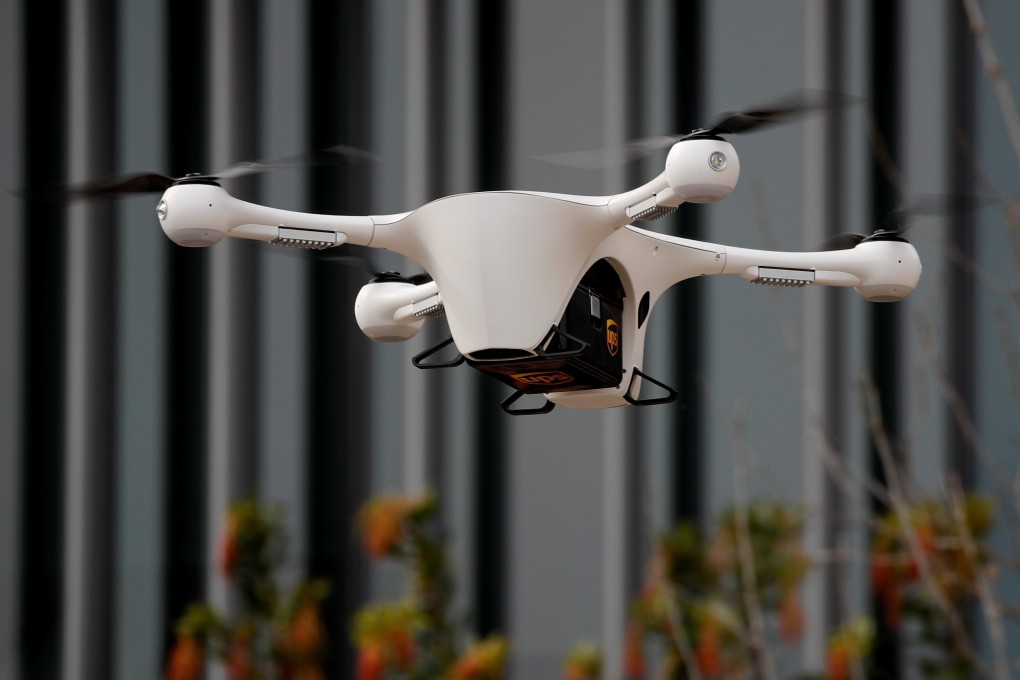Alphabet unit Wing blasts new US drone ID rule, citing privacy
- New rules from the Federal Aviation Administration require drones to broadcast remote ID messages via radio frequency broadcast
- This approach will have ‘unintended negative privacy impacts’ for businesses and consumers, Alphabet’s drone delivery unit Wing says

Alphabet’s drone delivery unit Wing criticised Trump administration rules issued this week mandating broadcast-based remote identification of drones, saying they should be revised to allow for internet-based tracking.
On Monday, the Federal Aviation Administration (FAA) issued rules that will allow small drones to fly over people at night in the United States and mandate remote identification technology for nearly all drones.
The rules eliminate requirements that drones, known formally as unmanned aerial vehicles, be connected to the internet to transmit location data but requires them to broadcast remote ID messages via radio frequency broadcast.
“This approach creates barriers to compliance and will have unintended negative privacy impacts for businesses and consumers,” Wing said Thursday in a blog post, adding “an observer tracking a drone can infer sensitive information about specific users, including where they visit, spend time, and live and where customers receive packages from and when.”
Wing added that “American communities would not accept this type of surveillance of their deliveries or taxi trips on the road. They should not accept it in the sky.”
Wing called on the FAA to expand ways operators can comply with ID requirements.